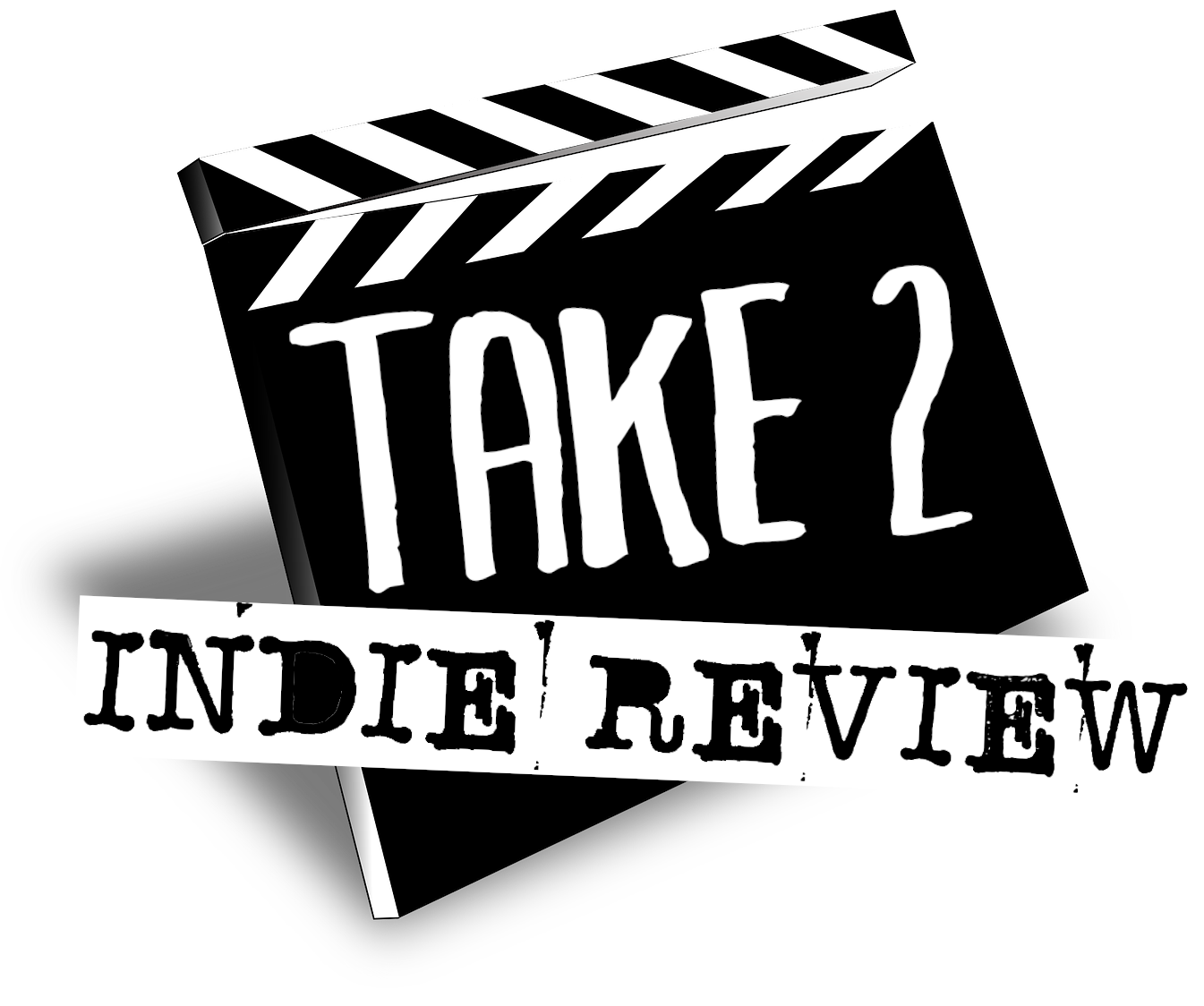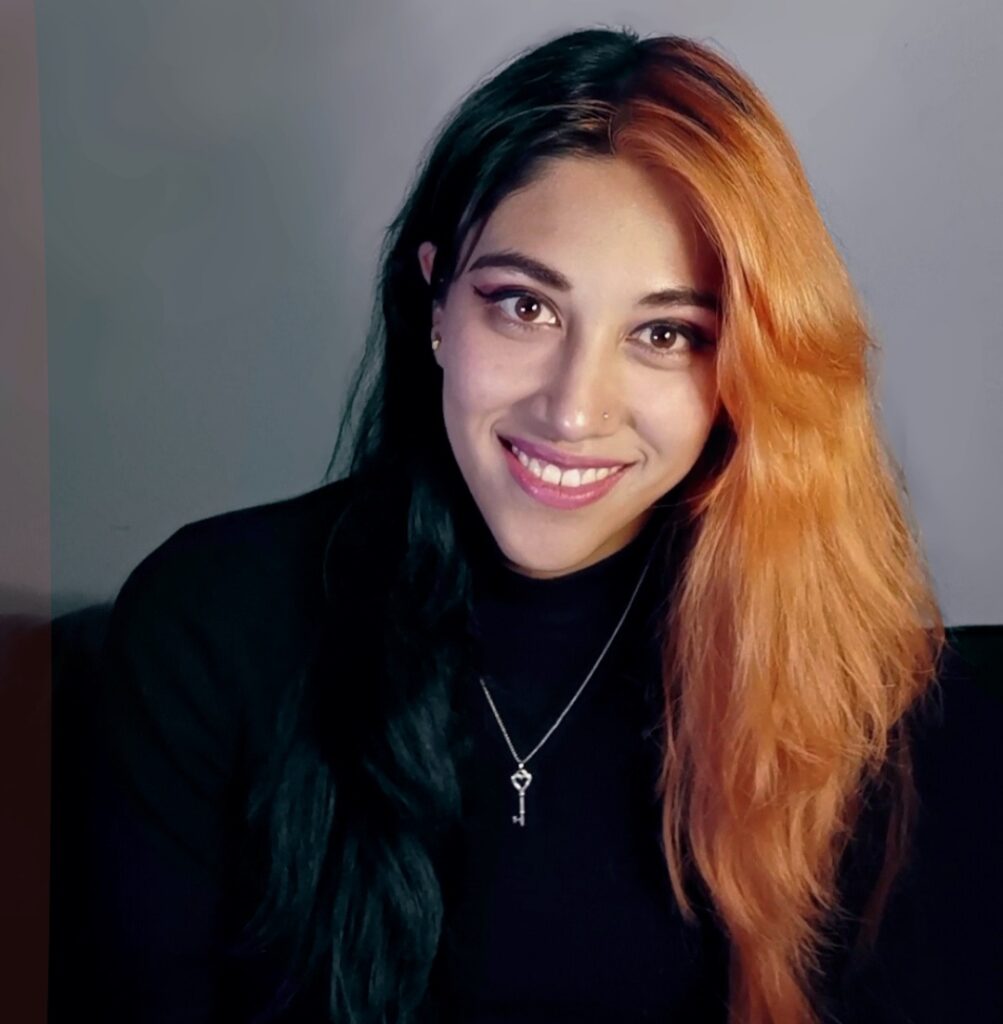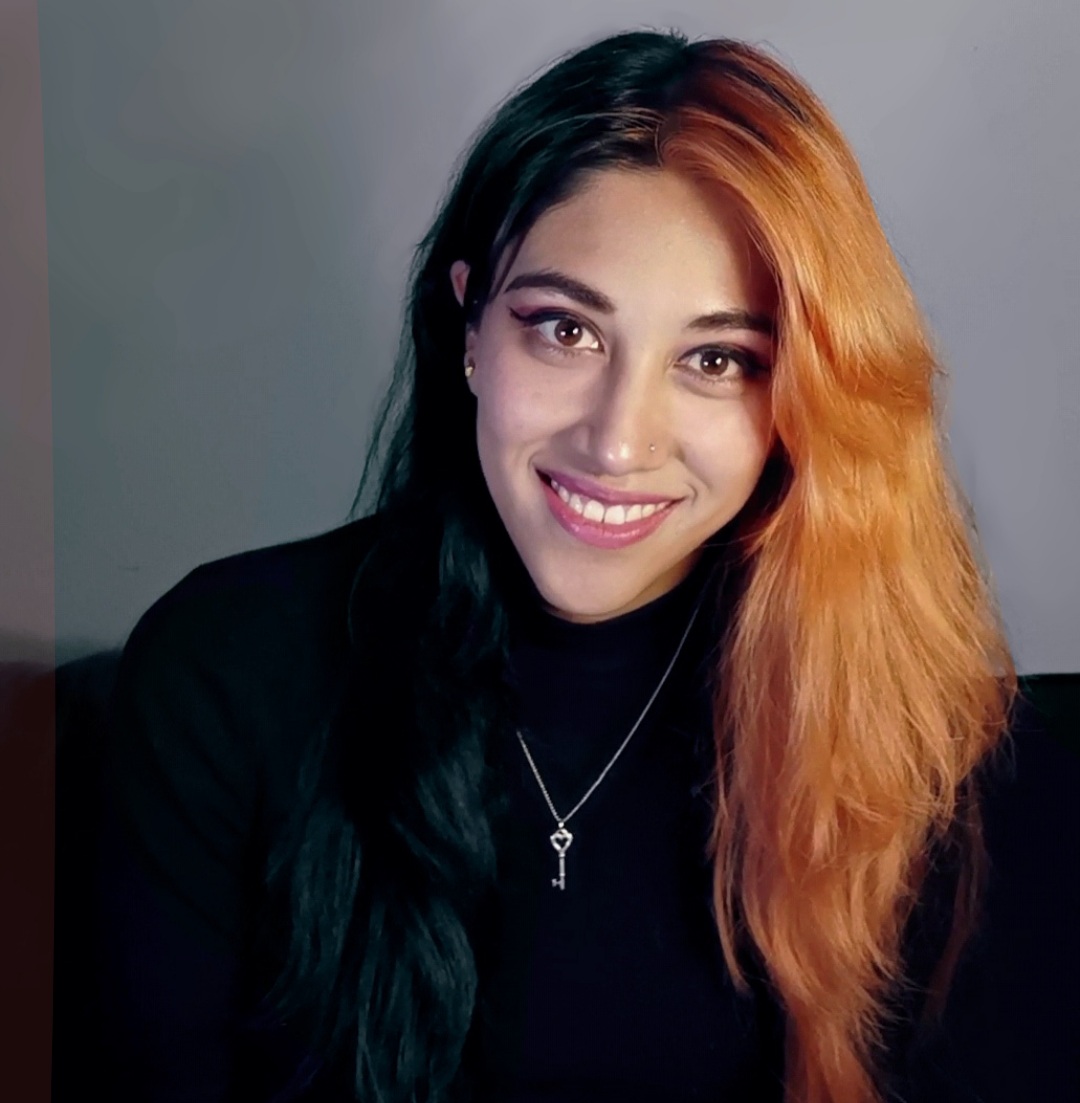A costume designer with seven years of experience and an extensive resume, Ruth Araujo has worked on projects with the likes of Robert Downey Jr. and Francis Ford Coppola. A UCLA graduate, Ruth has worked on both commercials and films throughout her career, priding herself on providing exposure to underappreciated talent through her craft and Mexican heritage. Her costumes can be seen in films such as 2022’s Synergy, along with shorts such as The Birth of Silence, Villancicos, and Mr. Box (El Ser Caja), with each being showcased at prestigious film festivals.
What can you tell us about your upbringing?
I grew up in Mexico City. My parents both have careers in science but when they were younger they had adventurous and artistic hearts. My dad was a folklórico dancer, the many traditional dances from Mexico’s different regions and states, and my mom was always teaching herself new languages, so our household was filled with art books, films from all over the world and music of every possible genre. My parents never let me and my sister play video games or mindlessly watch tv, they encouraged us to play outside, create entire universes and stories with what we had at home and learn as much as we could. My parents brought me up to be curious and unsatisfied with simple explanations, I always needed to know and learn more.
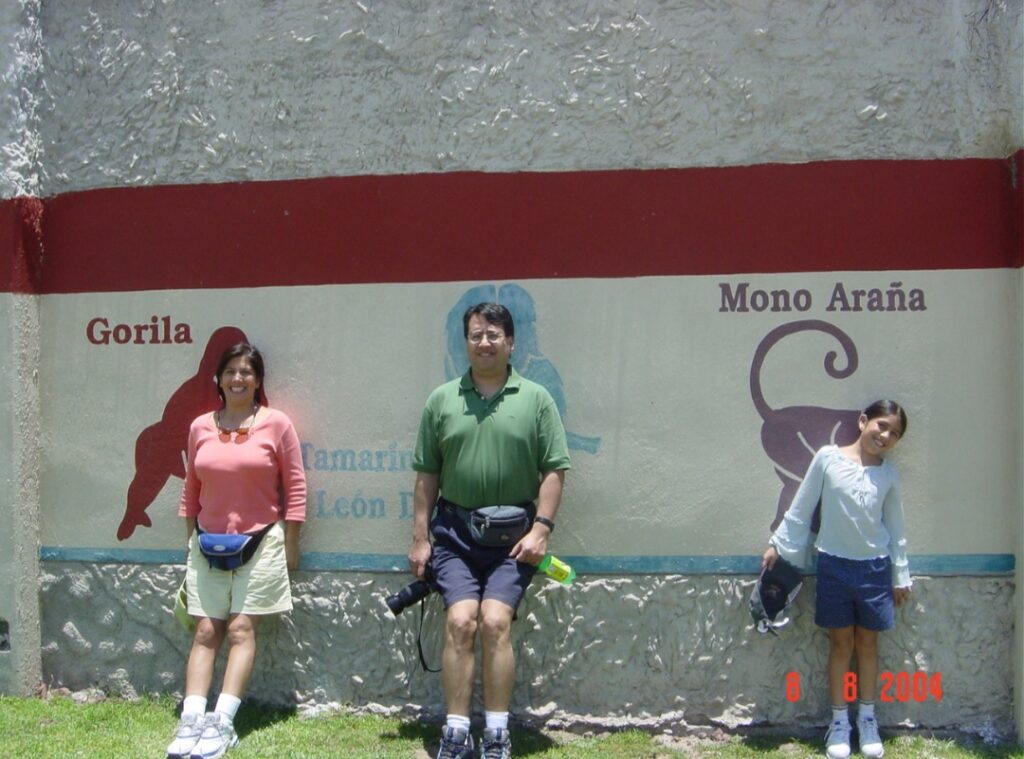
What inspired you to pursue costume design?
Like I said, my parents exposed us to all forms of art. They loved to take us to the movies, theater, dance shows and shortened versions of Operas that they found. Some of the content was too complicated for me to fully understand at a very young age, but the thing I always understood and felt fascinated by was garments, how I knew who characters were from just looking at their clothes, the way their personalities and roles, in what I saw as a game, were defined by what they were wearing. Every time my sister and I came back home from being exposed to audio visual stories I wanted to recreate the character’s clothes and incorporate them into our own stories.
What research process do you go through to create authentic and accurate costumes for your projects?
I try to immerse myself into the period, the culture and the societal aspects as much as possible. For me it is never about just finding images and garment references, it’s all about why people wear what they wear. I like to think of the moment when the characters open their closets in the morning. The clothes in there are there for a reason, it’s related to the geographic area they are in and the weather in it, their socioeconomic status at the time that their story is happening, their age and personality. Then you think of how and when they got the pieces in it, closets are not all bought in one moment and expire the next year or season, they are usually built as a collection of pieces put together through the years. You want to give characters a life inside and outside of the pages of a script, make it as three dimensional and authentic as possible.
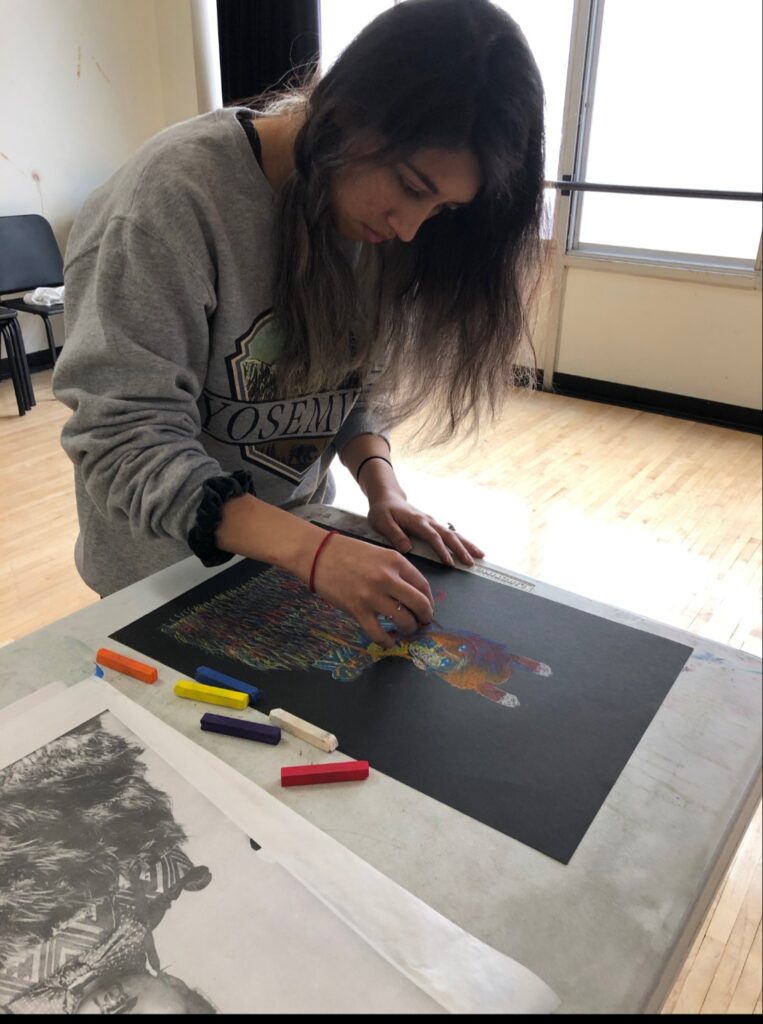
Can you walk us through the process of designing a costume for a major character in a film or commercial?
A major character in a film can be an individual or multiple people. When it’s one person, you try to find what makes them unique and stand out, you find motifs in their personal stories to replicate as details in a garment. You think about how to give them consistency through the story, but also how to represent their growth. When the major character is a group of people, like a secret society or the maskless dehumanized guards of a dystopian world, you try to find how to unite them, how to make them an entity that is ever present, you want them to see a sentiment or institution in the individual and in the collective. You read the script and find hints and information on who the character is. You start thinking of examples of this throughout history, inside and outside of the time period you are talking about, you relate them to your research and then you start pushing and pulling your character in conversations with the director and the actors, until you bring a character to life.
How do you work with the director and actors to create a cohesive vision for the costumes in a film?
We talk about the characters in the script and the story, and their journey. Directors talk about their visions and inspiration to write the characters, what they meant to say with it and what they look like in their head. Actors tell you about what they are thinking of when playing the character, what backstories they have given them, how the person moves and their expressions, their quirks and habits. You incorporate that into your own thought process and balance it all out to provide a tool for the director to communicate to the audience and a tool for the actor to immerse themselves and become the character, rather than just play it.
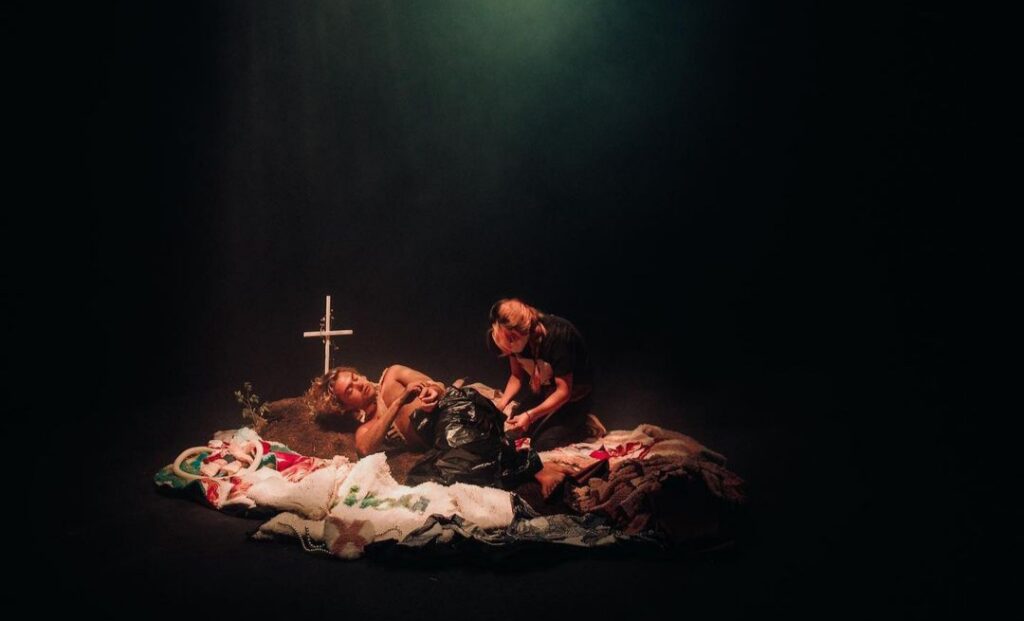
What is your favorite costume that you have designed and why?
I usually work in film, but in 2021 I had the chance to do costume design for theater. I had the opportunity to design the show She Kills Monsters during the celebrations of its 10 year anniversary. The show had a very DIY aspect to it, with the theme of role play and make believe. The costumes for this show were designed by me but brought to life by a team of amazing cutter fitters, stitchers, painters and creatives. They were all beautiful, but my absolute favorite was a piece created as a mix of a walk-in costume and a puppet. It was a mixture of a bug and bear hybrid, with moving elements to it, that allowed the performers to interact and fight in it, even when wearing a huge exoskeleton on their bodies and being covered from head to toe. It looked amazing and moved beautifully on stage.
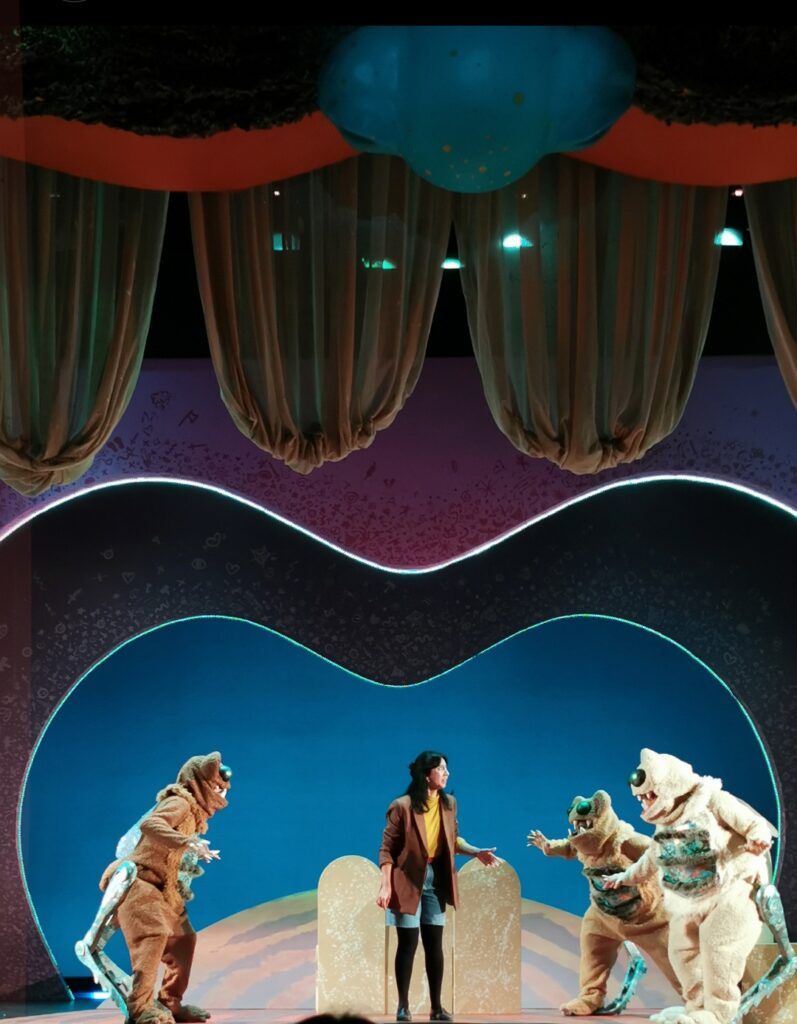
What are some of the most memorable or iconic costumes you have seen in movies and why do they stand out to you?
I remember watching Apocalypto when it came out, I was probably 10 or 11. I was definitely too young to be watching this movie, but all I could see were the beautiful costumes. It was one of the first times I would see my culture represented on the big screen, the things I had only seen in pages of books and museums had now come to life and were moving on a screen. When I decided I wanted to pursue a career in costume design, one of my first role models was Mayes Rubeo, the Mexican costume designer for Apocalypto who had created the most beautiful garments I had ever seen on a screen.
How do you stay up to date with the latest trends and techniques in costume design?
You talk to your colleagues, not just costume designers but supervisors, coordinators, ager dyers, costumers, shoppers – everyone has insight on a new way that they are trying to do something in a new show, how they solved an issue in a past production, the resources available, the vendors – we all help each other grow and make our craft keep up with the rest of the departments in developing new ways to do things.
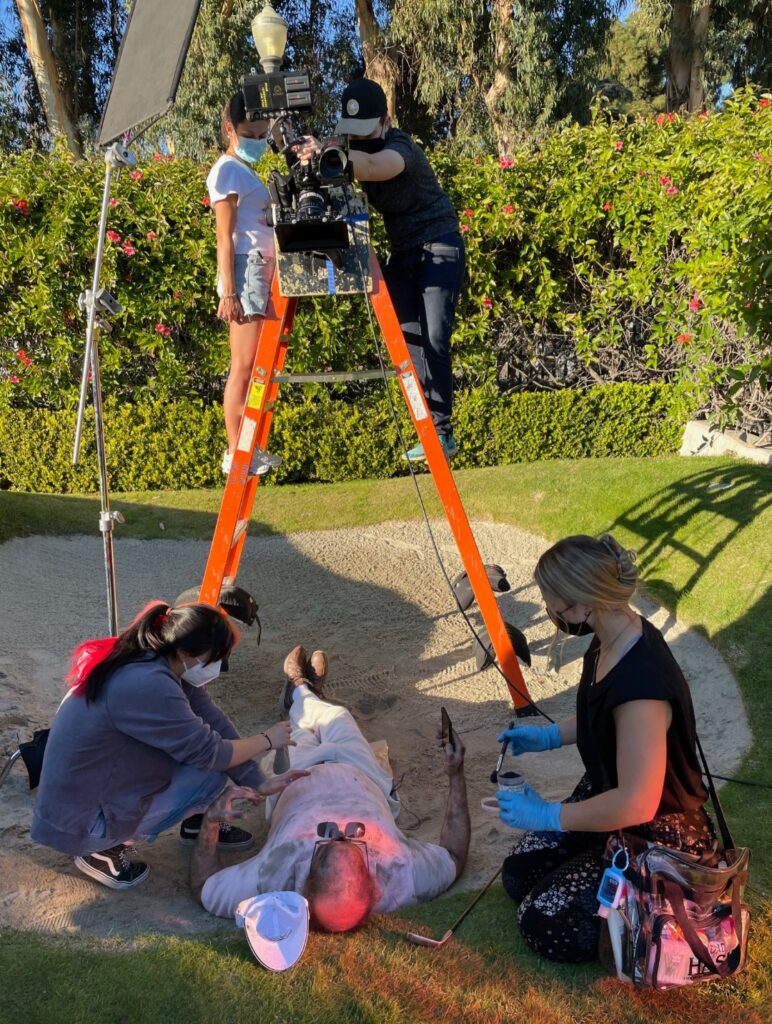
What is the biggest misconception people have about costume design?
That it’s easy, that it’s just going to a store and shopping for pretty and trendy clothes, that will look great on camera. That our job is going to a rental house and going to the section marked “1942” and all the costumes we need are going to be there waiting for us. And that providing clothes is cheap, that materials and labor to make clothes doesn’t cost money, that because we all have clothes in our closet finding any garment is quick and easy. And that our department is a “below the line” department, when what we do is always front and center on a screen with the actor.
How do you incorporate cultural or regional influences into the costumes you design for different projects?
I try to do as much research as possible to always portray cultural and religious aspects as respectfully as possible. If I don’t have the resources and the time to do the research I don’t take the job. If I know people who have first hand information on the topic I reach out to them, try to work with people who understand and respect all those aspects in the same way I do to always honor it. As costume designers we don’t want the cliché, we’re unsatisfied with the outer layer of things, we want to get to the core and the unique.
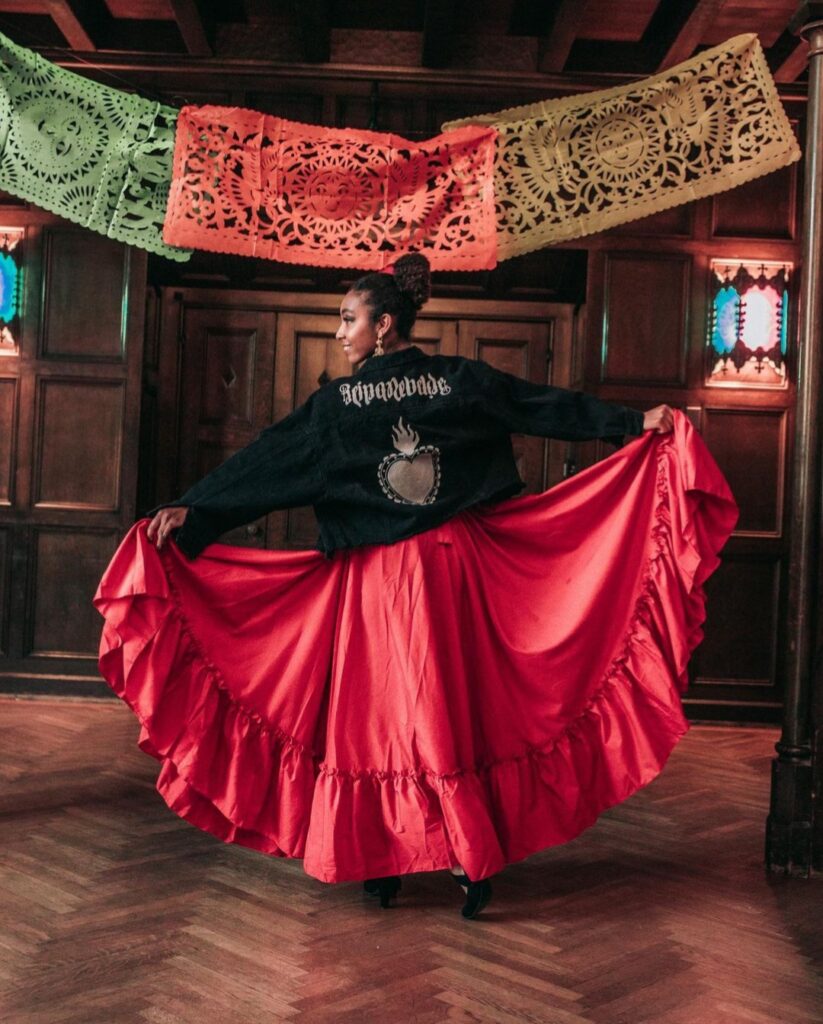
Can you share any behind-the-scenes stories about challenges you faced while designing costumes for a particular shoot?
I was working as a costumer in a reality TV show in one of Mexico’s biggest broadcasting TV stations. We had bought a beautiful black dress for one of the contestants, she was going to be singing while laying on a surface. On the day of the rehearsal we saw the surface and it was a matte black surface such that the volume and the interesting aspects of the dress like its silhouette fully disappeared. The dress was custom made and we didn’t have time to make another one or source it. In the end the entire costume department team stayed for hours in the shop embroidering the dress with beads to give it dimension and make it contrast the surface. We worked until minutes away from the dress having to be on screen, when we saw the monitors backstage with the dress in frame we were all thrilled with what we saw. It was profoundly breathtaking and we all knew we had helped that happen.
What advice would you give to aspiring costume designers who want to break into the film industry?
Learn to not take anything personal when working on a project. Everyone is trying to do their job and contribute something to the story, we are all working in favor of the story. When a director tells you something doesn’t work and it needs to change it doesn’t mean your work is not valid or relevant, it just means you need to try other directions. Storytelling on a screen is not a one person job, there are thousands of us behind every frame, learn how to work in a team and how to always make everyone’s job easier and more fulfilling.
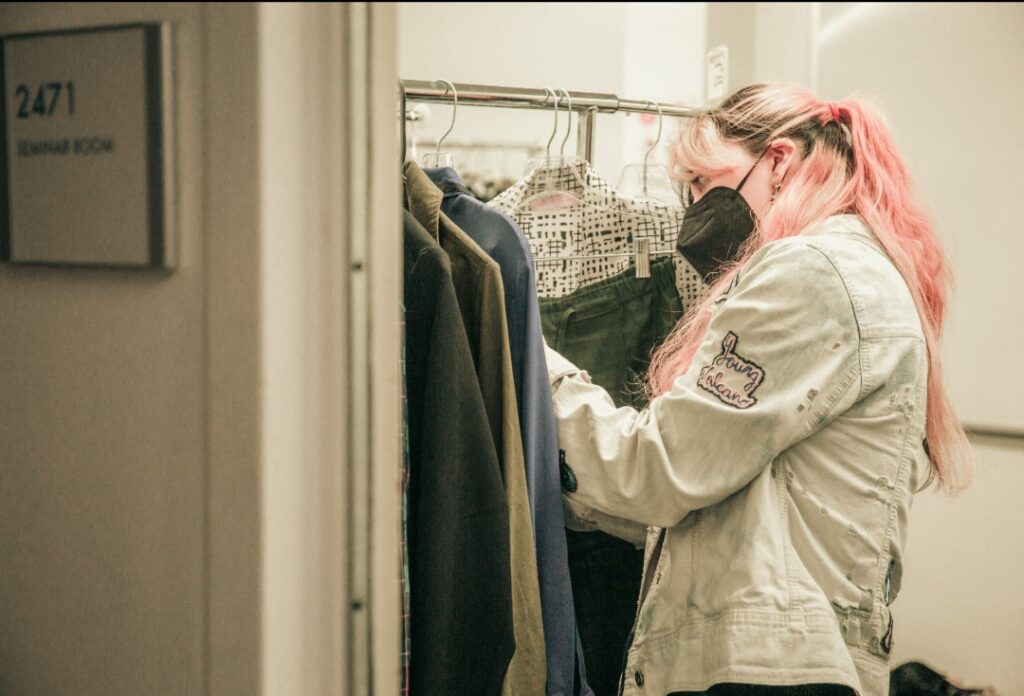
Are there any projects of yours we can look forward to right now?
I’ve worked on multiple features and short films in 2022, both in the US and in Mexico, that are now finishing post-production and will be submitted to festivals soon. I’m excited for Francis Ford Coppola’s new film Megalopolis premiere. I had the chance to hand pick some of the pieces when shopping for this show and it will be very exciting to see which pieces made it into the final cut. I will be posting about those and any upcoming projects on my instagram page @raraujog.design.
